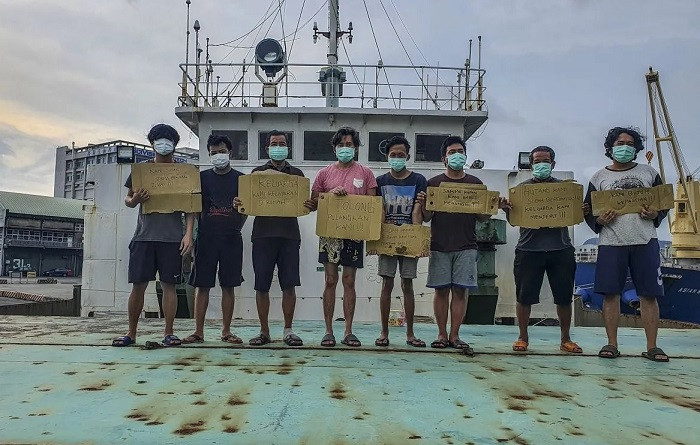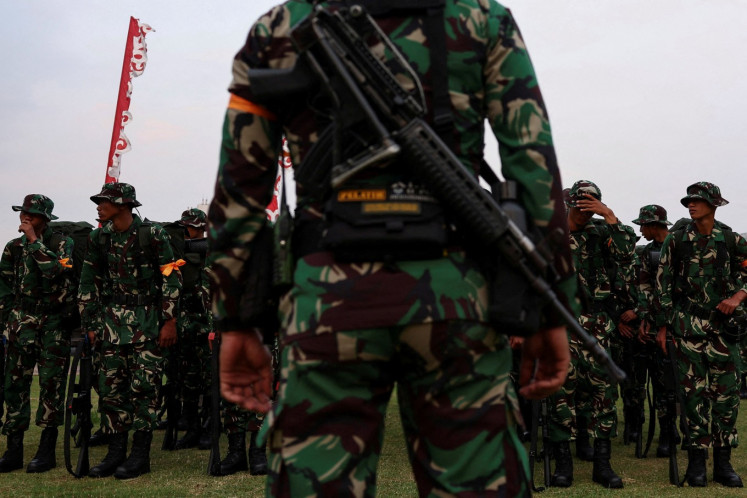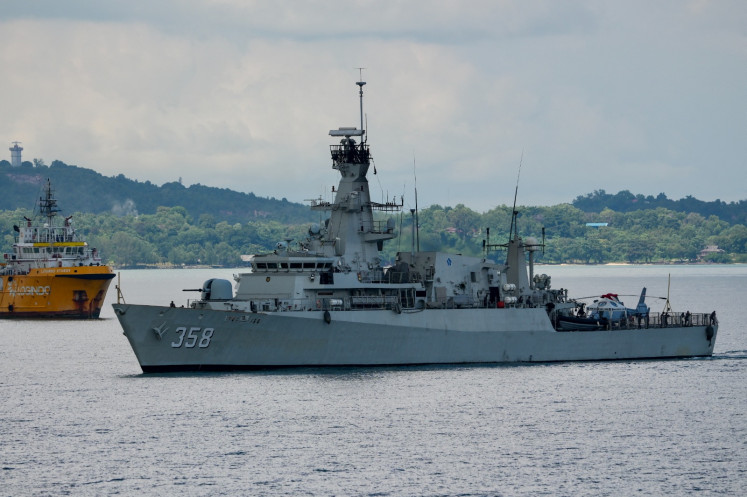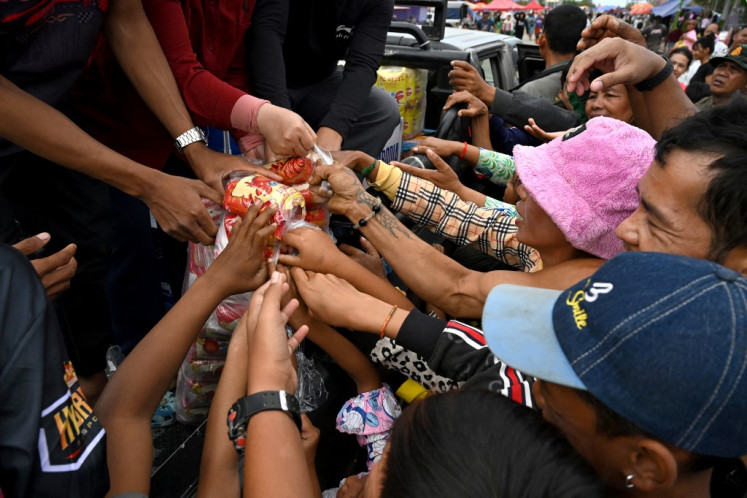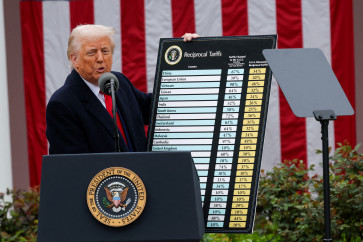Popular Reads
Top Results
Can't find what you're looking for?
View all search resultsPopular Reads
Top Results
Can't find what you're looking for?
View all search resultsIs it still worth Indonesia pursuing trade ties with the US?
One cannot help but ask, is chasing a deal with Washington still worth the effort?
Change text size
Gift Premium Articles
to Anyone
I
n the wake of the sweeping "reciprocal tariff" policy launched by the administration of United States President Donald Trump in April 2025, countries, including Indonesia, have been scrambling to recalibrate their trade strategies.
Indonesia, now staring down the barrel of a 32 percent blanket tariff on exports to the US, has sent a delegation, led by Coordinating Economic Minister Airlangga Hartarto to conduct trade negotiations in the US, hoping to soften the blow through high-level talks. But one cannot help but ask, is chasing a deal with Washington still worth the effort?
Let us begin with the hard numbers. In 2024, Indonesia exported goods worth US$28.1 billion to the US. That is not an insignificant figure, but relative to the size of the Indonesian economy, it is modest.
In fact, the Indonesia Financial Group (IFG) Progress study recorded that Indonesia’s total exports to the US amount to just about 1.9 percent of its GDP. In contrast, Indonesia’s export share to China is over 4.5 percent, more than twice the exposure. This asymmetry reveals a fundamental truth, while the US is a significant market, it is not the most dominant trade partner for Indonesia.
For Indonesia, the new US tariff policy poses a serious threat to several industries. Insights from the OEC tariff simulator (a tool allowing anyone to explore the potential impact of tariffs) reveal just how severe the impact could be. With key sectors, such as apparel, footwear, electronics, rubber and palm oil, Indonesian exporters are bracing for order cancellations, tighter profit margins and potential layoffs.
These are not just statistics, they represent real-world consequences for nearly 4 million Indonesians employed in the textile industry, along with countless others in related export-driven sectors. Commodities such as rubber tires could see a decline of up to $632 million, while leather footwear exports may drop by around $470 million.
For specific sectors like textiles, the impact has been a double blow. A recent study by IFG Progress indicates that, in financial terms, Indonesia’s textile and garment industry is facing acute liquidity constraints, with many firms operating on thin cash reserves and burdened by high levels of debt. Profitability remains under pressure due to intense global competition and rising input costs.






